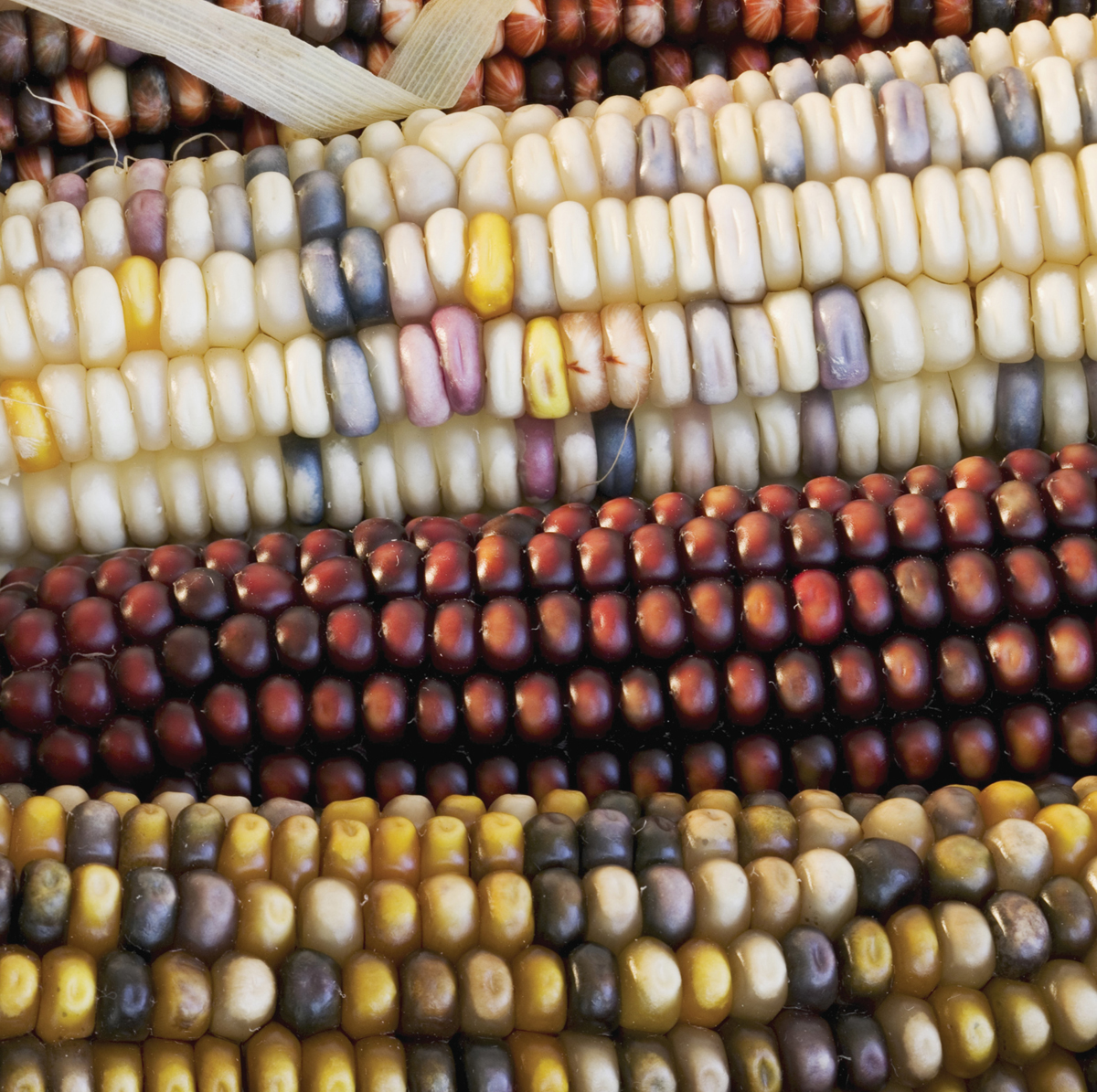CHAPTER 14 INTRODUCTION
CORE CONCEPTS
14.1 Mutations are very rare for any given nucleotide and occur randomly without regard to the needs of an organism.
14.2 Small-scale mutations include point mutations, insertions and deletions, and movement of transposable elements.
14.3 Chromosomal mutations involve large regions of one or more chromosomes.
14.4 DNA can be damaged by mutagens, but most DNA damage is repaired.

The sequencing of the human genome was a great step forward. However, as we saw in the previous chapter, it is a simplification to speak of the human genome. Virtually all species have abundant amounts of genetic variation, that is, different nucleotides at the same site. Hence the accepted human genome sequence is actually a composite, displaying the most common nucleotide at most sites.
Differences among genomes arise from mutations. Any heritable change in the genetic material is a mutation, and by “heritable” we mean that the mutation is stable and therefore passed on through cell division (meiotic cell division, mitotic cell division, or binary fission). The process by which mutations occur is fundamental in biology because mutation is the ultimate source of genetic variation, which accounts in part for the physical differences we see among individuals, such as differences in hair color, eye color, and height. And, on a much larger scale, genetic variation results in the diversity of organisms on this planet, from bacteria to blue whales.
There are many different types of mutation, from small changes affecting a single base to larger alterations, such as the duplication or deletion of a segment of a chromosome, that affect one or more chromosomes. In this chapter, we examine some of the basic principles of mutation: the different types of mutation, how and when they occur, and how they are repaired. In Chapter 15, we look at common types of mutation, or genetic variation, present in populations, and, in Chapter 16, at how this variation is inherited from one generation to the next.